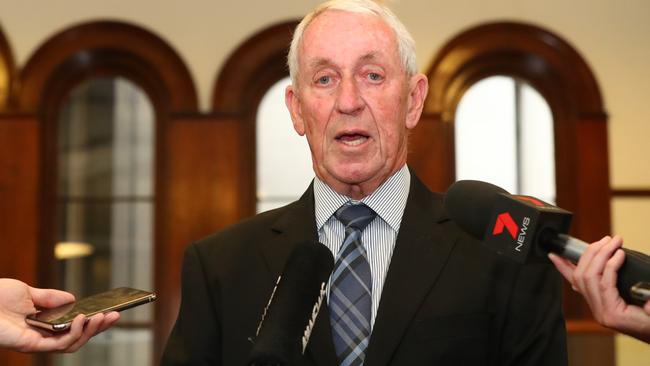Ratepayers grumble about rates, but now you can rate your council
Some country and regional South Australians are paying three times as much in residential rates as others. So how does your council stack up?
SA News
Don't miss out on the headlines from SA News. Followed categories will be added to My News.
Some struggling country South Australians are paying up to three times the annual rates bill of others, state government rankings have shown.
Under a new government system of comparing councils across the state, the District Council of Karoonda East Murray has been revealed as the most frugal.
Its average residential rate is only $696 a year; the City of Victor Harbor’s average is the most expensive, at $2010 almost three times more.
Councils and the LGA have long resisted the publication of comparison data, saying it was unfair on those that charged more, but Karoonda East Murray chief executive Martin Borgas said yesterday “we welcome the article”.
“There is certainly significant variance across the state and the question of value, perceived or otherwise, is never far from the thoughts of people in our communities.
“This is great for our community to see what we achieve as an organisation with so little.”
But independent MLC John Darley, a former SA Valuer-General, said some rates bills – for 2019-20, the latest statistics kept by the state government – were a “rip off”.
“There is no way rates in a small country town should be three times as much as another similar town, or from the suburbs of Adelaide,” he said.

A spokeswoman for Victor Harbor said the council had rapid population growth and many summer visitors.
“Like most other coastal lifestyle regions, the City of Victor Harbor … has a high level of unoccupied private dwellings,” she said.
“This presents the council with significant challenges around securing grant funding, which is generally based on permanent resident population.’’
Yankalilla council chief executive Nigel Morris said his council also suffered from unfair grant funding because 41 per cent of homes were holiday homes.
“Our council is close to Adelaide and has various townships over our 750sq km area and includes 544km of roads, 413 of which are unsealed and only 5500 properties contributing to rates,’’ he said.
The system of comparing council rates was introduced by the Attorney-General Vickie Chapman, after councils successfully campaigned against a Liberal Party election promise to cap rates increases.
Roxby Downs chief executive Roy Blight said his area had “unique” circumstances.
Residents in the town pay, on average, the third highest rates in the state, $1860, but without new housing being built the council must battle to obtain outside funding or increase bills.
Mr Blight said between 2016 to 2020 rates revenue had not increased, and in the current year had only risen 1.2 per cent with CPI.




